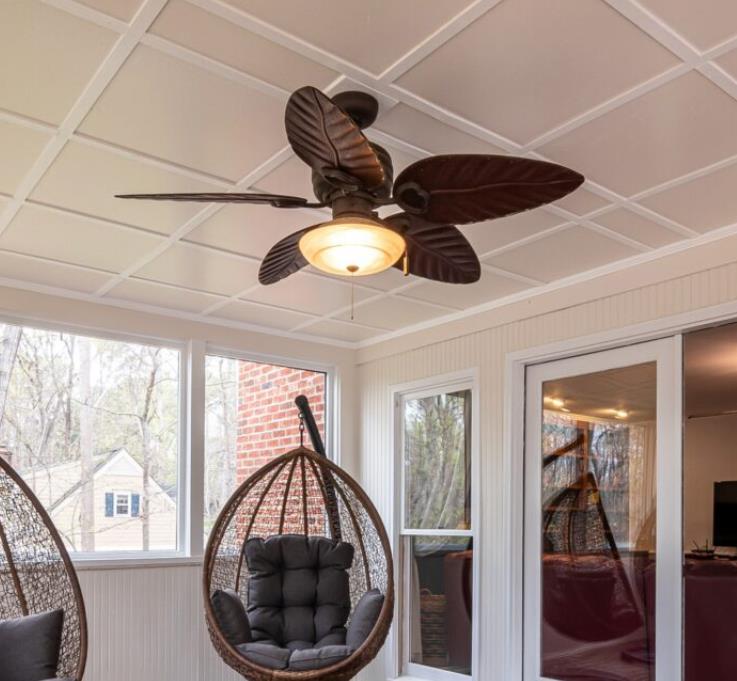Creating Good Feng Shui in Baby’s Room
Getting ready for a new baby requires a lot of thought and planning from what diapers the baby will wear down to the decoration and arrangement of baby’s room. Today’s parents want to create a haven for their little one that will help the baby feel comforted and nurtured, as well as stimulated enough so that they thrive. Increasingly, parents are going beyond the traditional coordinated “theme” rooms to ensure baby has a healthy environment by incorporating feng shui.
Feng shui, the Chinese system for arrangement and placement, so often used in businesses and homes is now making its way into the nursery, and for good reason, too. Feng Shui proposes that by arranging and aligning the room correctly, energy will flow better in the room and that all who reside in the room will thrive and prosper better than if the energy is the room was incorrect or did not flow smoothly. Understandably, no one needs to thrive and prosper more than a baby.
To maximize the energy in baby’s room, there are several important factors to consider, such as room location, safety, colors, and furniture arrangement. Using feng shui in the nursery will help to make babies less fussy, who will feel more comfortable in their surroundings, and who will be healthy and flourish. What does it take to accomplish this? Following some basic considerations will help both baby and parents create a room that makes them both happy.
Select a good location for the baby’s bedroom. A new baby should have a bedroom that is not over a garage or has an empty space below. The bedroom also shouldn’t be located where there is excessive noise that might keep the baby from sleeping, such as close to a living room where the TV is on, or close to a noisy street or neighbor.
Bed placement is important. The bed should not be against a window or be directly in line with the door. Put the baby on a solid wall with the head of the crib against the wall, rather than lengthwise. Make sure the baby does not sleep or is placed against a slanted wall. These press on the baby. Avoid placing the baby against a wall that is shared with a bathroom, toilet, storage, or utility-type room.
Opt for soothing colors. Children benefit from bright colors in play areas, but if these are used in a baby’s room, infants can be over stimulated to the point that they do not rest well. Because deep sleep in babies is necessary for healthy growth, be sure to select restful, muted colors. Whites are excellent for children, but avoid black and white color scheme because there is too much contrast. Select color palettes that are close to one another and harmonious, such as green and blue, white and beige, or pink and yellow.
Create soft movement in the room. A room that is too still becomes stagnant and this is not beneficial for the growth of the child. To create good, but soft energy and movement, hang mobiles close to a window to move gently in the breeze and keep soft music playing in the room. You can also place a small fan on a dresser turned on low to keep air moving in the room. Avoid placing the baby under a ceiling fan as these disrupt their body energy.
Watch for pointed objects. Make sure there are no hard corners from dressers or changing tables pointed at the baby’s head or body. Move these to another part of the room where they are not pointed in the direction of the bed.
Select design motifs with care. Make sure that designs do not have harsh points, such as arrows, crosses, diamonds, or triangles. Nature designs are excellent and promote growth. Animal designs should also be chosen carefully. Ferocious or aggressive animals, even when they are made for a baby’s room, should not be chosen. Some of these are found in jungle motif designs and include lions, tigers, bears, and reptiles. Motifs with fish are fine as long as the watery theme is not overly dominant. Otherwise, respiratory, lung, nasal, or kidney problems could develop.
Keep lighting balanced. During the day, the light in the baby’s room should neither be too bright or too dark. Install blinds that can be lowered or raised as needed to keep the room at a pleasant level of lighting. If the room is too bright, the baby won’t rest deeply. If too dim, the room would be too “yin” and the baby could fail to thrive or have respiratory problems.

